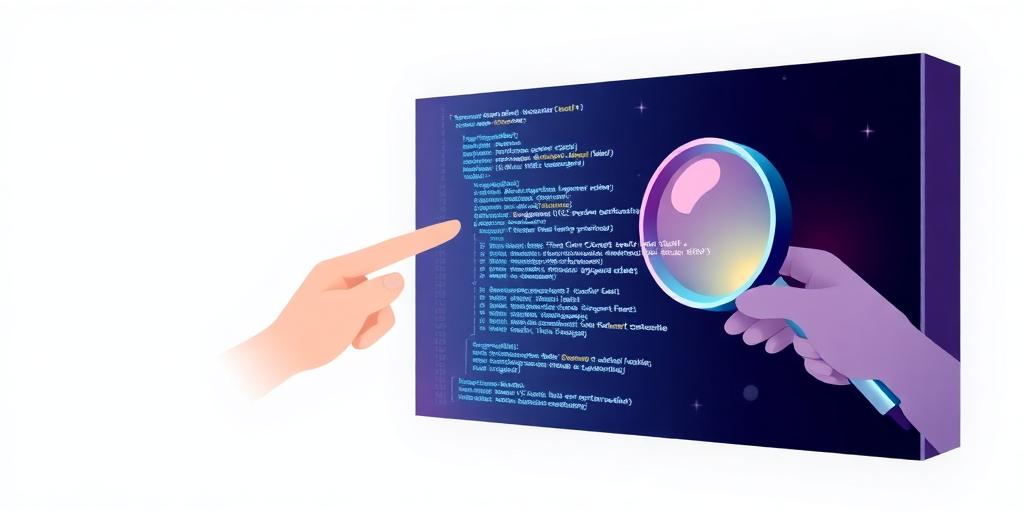Mastering the Development Process: The Indispensable Role of Code Reviews
In the intricate landscape of software development, where complexity and velocity often compete, the disciplined practice of code review stands as a critical pillar. Far from being a mere formality, code review is an indispensable component of a robust development workflow, serving as a powerful mechanism for ensuring software quality, fostering knowledge transfer, and cultivating a collaborative team culture. Its strategic implementation is not just beneficial; it is foundational to delivering high-quality, maintainable, and secure software solutions.
Elevating Software Quality and Reliability
The primary and perhaps most immediate benefit of integrating code reviews into the development process is the significant uplift in software quality. A fresh pair of eyes examining code can identify logical errors, potential bugs, and edge cases that the original developer might have overlooked. This early detection mechanism drastically reduces the cost and effort associated with fixing defects post-deployment.
- Bug Detection and Prevention: Proactive identification of defects before they become critical issues.
- Code Consistency: Ensures adherence to coding standards, style guides, and architectural patterns across the codebase, leading to a more uniform and predictable system.
- Maintainability and Readability: Reviews prompt developers to write clearer, more concise, and well-documented code, making it easier for future developers (or their future selves) to understand and modify.
Catalyzing Knowledge Transfer and Skill Development
Beyond quality assurance, code reviews serve as a dynamic educational platform within development teams. They facilitate organic knowledge transfer, disseminating insights into various parts of the system and exposing developers to diverse problem-solving approaches.
- Shared Ownership: As multiple team members become familiar with different sections of the codebase, single points of failure due to individual knowledge silos are mitigated.
- Mentorship and Learning: Junior developers gain invaluable experience by observing and learning from senior peers, while experienced developers hone their critical thinking by explaining and justifying their choices. This process actively improves individual coding skills.
- Architectural Alignment: Reviews ensure that new code aligns with the project's overall architectural vision, preventing the gradual degradation of the system's structural integrity.
Strengthening Team Collaboration and Accountability
Code reviews inherently promote a culture of shared responsibility and collective excellence. They transform coding from a solitary act into a collaborative endeavor, fostering a stronger, more cohesive team.
- Constructive Feedback Loop: Regular, structured feedback helps developers grow and refine their practices without feeling singled out.
- Increased Accountability: Knowing that code will be reviewed encourages developers to produce their best work from the outset.
- Team Cohesion: Working together to improve the codebase builds camaraderie and a shared commitment to project success.
Mitigating Security Vulnerabilities and Technical Debt
In an era where software security is paramount, code reviews play a crucial role in identifying and addressing potential vulnerabilities before they can be exploited. Furthermore, they are instrumental in preventing the accumulation of technical debt, which can cripple a project over time.
- Security Scrutiny: Reviewers can spot common security flaws, such as injection vulnerabilities, insecure data handling, or improper authentication mechanisms.
- Reduced Technical Debt: By catching suboptimal design patterns or inefficient algorithms early, code reviews prevent the compounding effect of technical debt, saving significant refactoring effort down the line.
Implementing Effective Code Review Strategies
To maximize the benefits of code reviews, organizations should adopt effective strategies:
- Keep them Small and Frequent: Reviewing smaller code changes (e.g., individual features or bug fixes) is more efficient and less daunting than large, monolithic reviews.
- Define Clear Guidelines: Establish clear coding standards and review checklists to provide consistency and focus.
- Automate Where Possible: Utilize static analysis tools and linters to catch obvious issues, allowing human reviewers to focus on more complex logic and design.
- Foster a Positive Environment: Emphasize constructive feedback and mutual respect, framing reviews as opportunities for growth, not criticism.
Conclusion
The importance of code reviews in the modern development process cannot be overstated. They are not merely a step in the pipeline but a foundational practice that underpins software quality, accelerates professional development, strengthens team dynamics, and safeguards against vulnerabilities and technical debt. Investing in robust code review practices is an investment in the long-term health, stability, and success of any software project. Embracing code review is a clear indicator of a mature and high-performing development organization, ensuring that the code shipped is not just functional, but exemplary.









